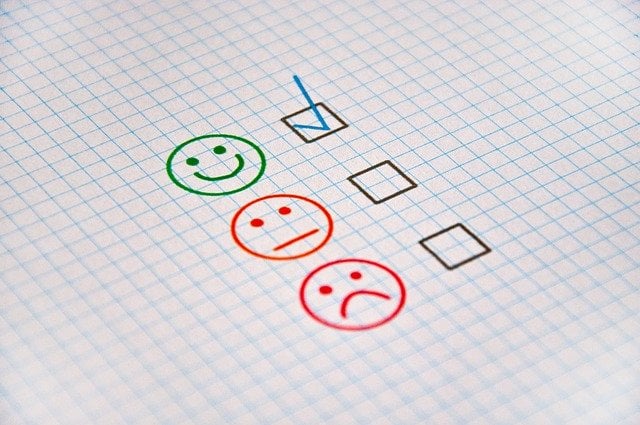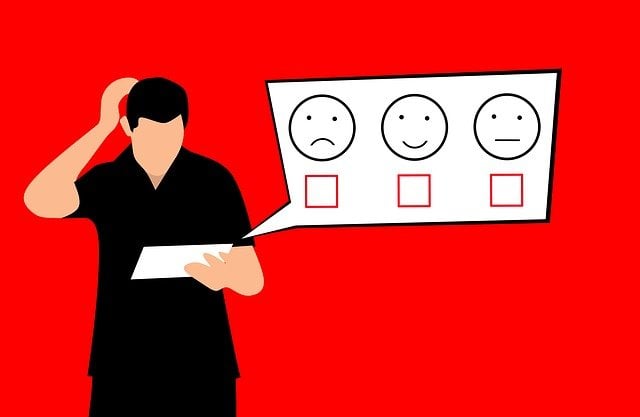Sentiment analysis
Marketing Analytics for Business

Sarah DeAtley
Principal Data Scientist
Sentiment analysis basics

- Brands advertise on social media platforms like Twitter, Instagram, and Facebook
- One way to monitor social media health is through sentiment analysis
Sentiment analysis: technique to determine if data is positive, negative, or neutral
1 athree23 from Pixabay
Sentiment complexity
- Sentiment is subjective! Brands want to monitor in real-time
- Context is key:
- "Well done" in sports has a different meaning than in restaurants
- Sentiment can be more than positive, negative, or neutral:
- Angry, happy, or sad
- Urgent or non-urgent
- Also consider emojis and sarcasm


1 Denis Cherkashin on Unsplash
Sentiment model types
- Manual: analyst applies rules to data
- Automatic: NLP automatically determines sentiment
- Evaluate level of complexity and data size:
- Automatic for large data sets with multiple languages
- Manual for ease of interpretation with smaller data
- Manual rules can train automatic NLP models (hybrid approach)

1 mohamed Hassan from Pixabay
NLP model options

NLP model options:
- Out-of-the-box model with NLP sentiment
- Build and maintain in-house NLP sentiment model
Still learning about NLP? Start with out-of-the-box model
- Experience training NLP models? In-house has more flexibility
- Consider long term reporting needs with both options!
1 Carlos Muza on Unsplash
Let's practice!
Marketing Analytics for Business

